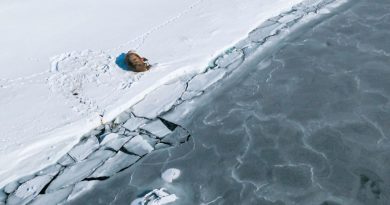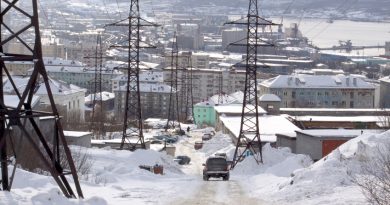After a two-year delay, Canadian Inuit art exhibition in Warsaw meets the moment
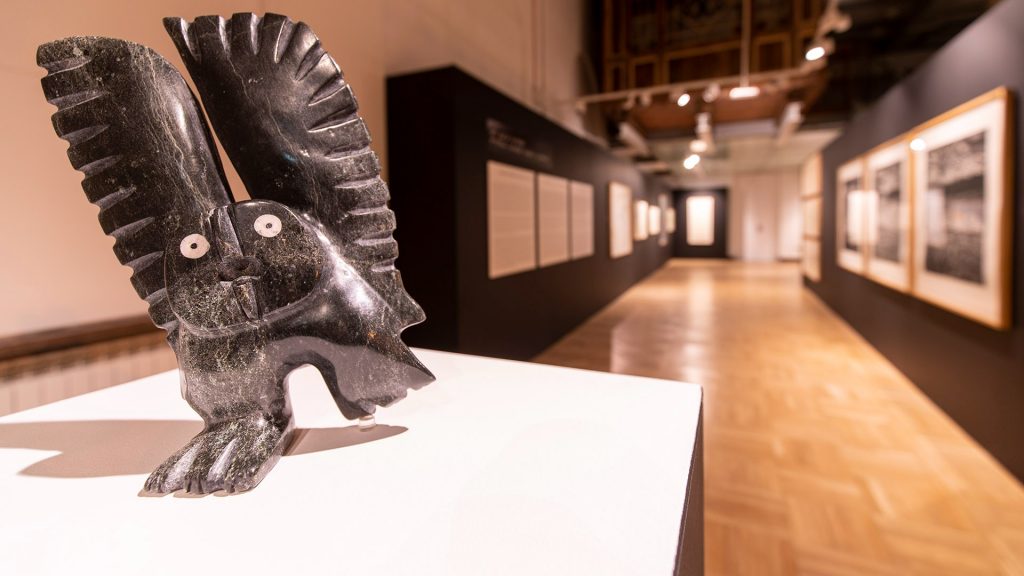
After a two-year delay because of the pandemic, a new exhibition of contemporary Inuit art in Warsaw, Poland opened in March, something the curator hopes can help contribute to the conversation in an age of pandemic and war in Ukraine.
“The exhibition was already delayed twice because of the pandemic and we were going ahead, and then before we opened, Russia invaded Ukraine and I didn’t even know if we should go ahead,” William Huffman, marketing manager at the West Baffin Eskimo Cooperative and curator of the show, said in a phone interview.
“I just thought it was hopeless and that we were going to have to cancel again or postpone indefinitely. But when we talked to people in Poland, they said ‘no, no, no,’ you have to do this. To put everything on hold indefinitely would just mean we’re not functioning.
“We need to have some normalcy.”
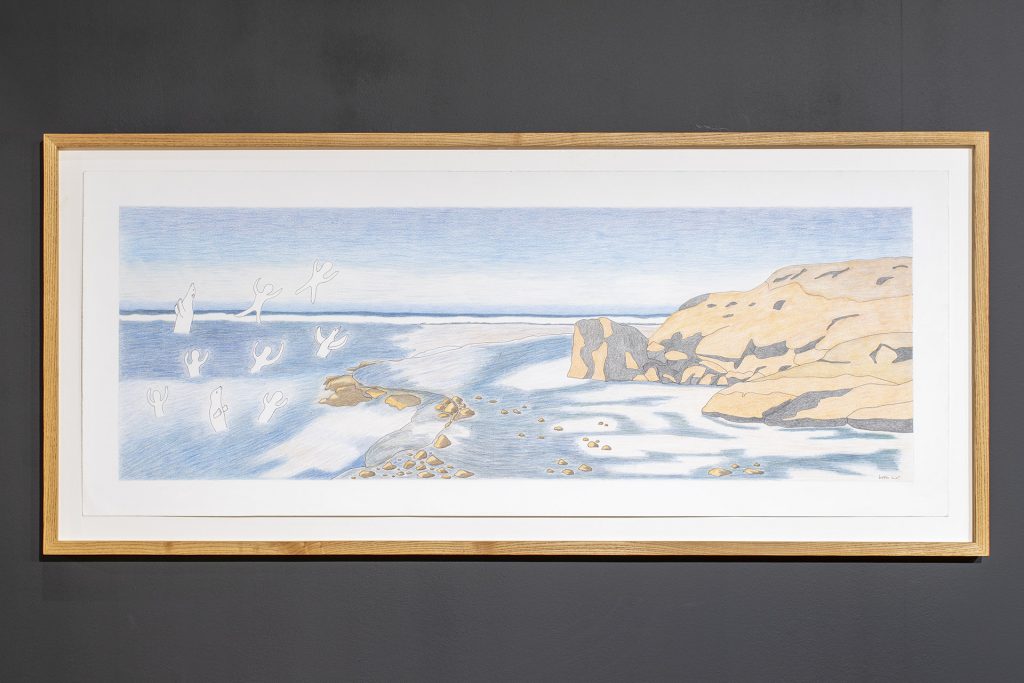
Huffman said after reflection, he saw that the works that made up the exhibition had a lot to say about current times.
“I started to really think about what this work meant and how Inuit history is really about resilience, cultural defence, adaptation, territory and borders. These are all discussions embedded in Inuit work, and are all discussions we’re having to try and make sense what’s going on the world today.
“The exhibition has really managed to meet the moment.”
Leslie Scanlon, Canada’s ambassador to Poland, agrees.
“The visual arts is a grammarless language, a universal vocabulary, with which we can define the world around us,” Scanlon said upon the show’s opening.
“Within that tradition, the unique pictorial lexicon of Inuit art helps us better understand our human condition and ultimately each other.”
Focus on contemporary works produced over the last decade
New Inuit Art. Contemporary Art from Kinngait is taking place at Warsaw’s National Ethnographic Museum.
The show is made up mostly of sculptures, drawings and some prints from the legendary Kinngait Studios in Arctic Canada.
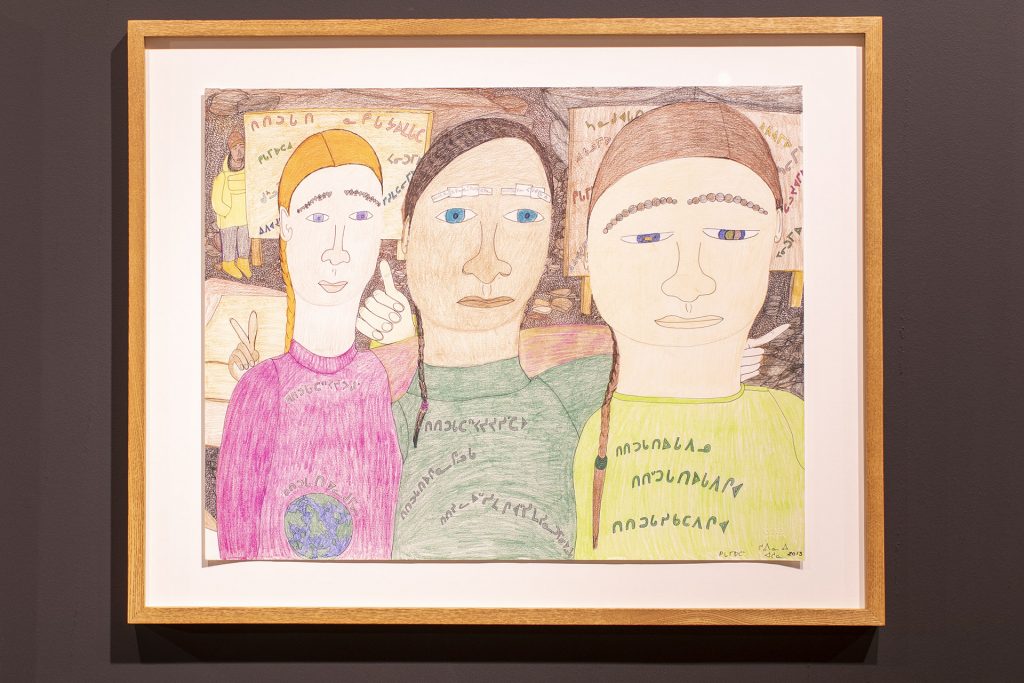
Kinngait, formerly known as Cape Dorset, became famous for its annual print collection, first launched in 1959.
Kenojuak Ashevak and Kananginak Pootoogook were among the Kinngait artists who gained international reputations for their works.
Huffman said the current show was put together to put the spotlight on the dynamic contemporary artists working today, and focus on other mediums besides just prints and printmaking.
“The motivation was to have work by artists who were living, artists that people can reach out to and follow the development of those careers and so it becomes about more than the past, but a kind of living history.”
Drawings by Shuvinai Ashoona and Qavavau Manumie, and carvings by Toonoo Sharky and Ningeosiaq Ashoona are among the works featured.
“The artists participating in this exhibition are primarily unknown to Polish audiences, making New Inuit Art a vital opportunity to introduce the unique creative expression of Kinngait,” West Baffin Eskimo Cooperative President Pauloosie Kowmageak said upon the show’s opening.
“This exhibition is a cross-section of approaches and generations, providing us with a dynamic snapshot of what’s happening in contemporary Inuit art.”
Exhibition information is given in Polish, English and Ukrainian.
At the end of the exhibition, a charity auction of two works will be held with proceeds going to humanitarian aid for Ukraine.
The exhibition runs until May 29.
Write to Eilís Quinn at eilis.quinn(at)cbc.ca
Related stories from around the North:
Canada: Nunavik artist says working on giant qulliq carving for recovery centre in Arctic Quebec “an honour,” Eye on the Arctic
Sweden: Canadian snow carvers to compete at international contest in Sweden, CBC News
Russia: Russia adds ancient sites along Norway’s border to cultural heritage list, The Independent Barents Observer
Sweden: Sweden, Norway team up to preserve ancient rock carvings, Radio Sweden
United States: American cartoonist says his new book on Canadian Indigenous history helped decolonize part of himself, CBC News

